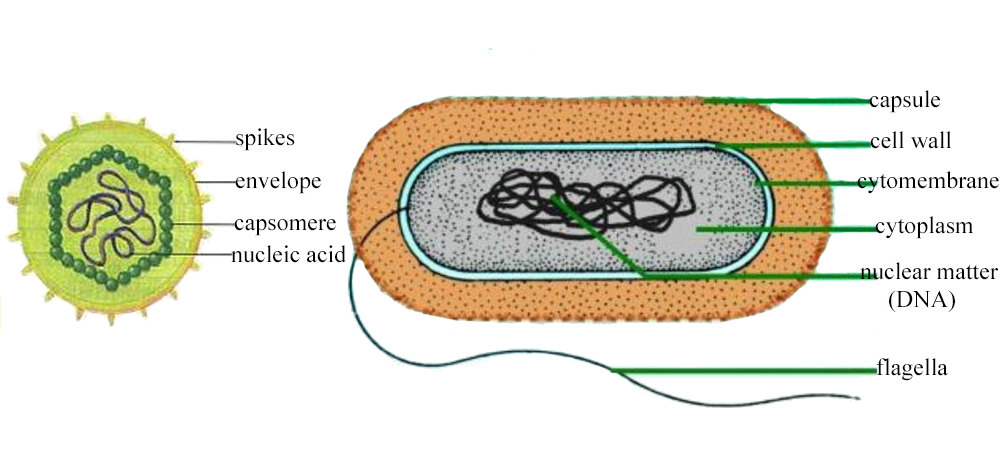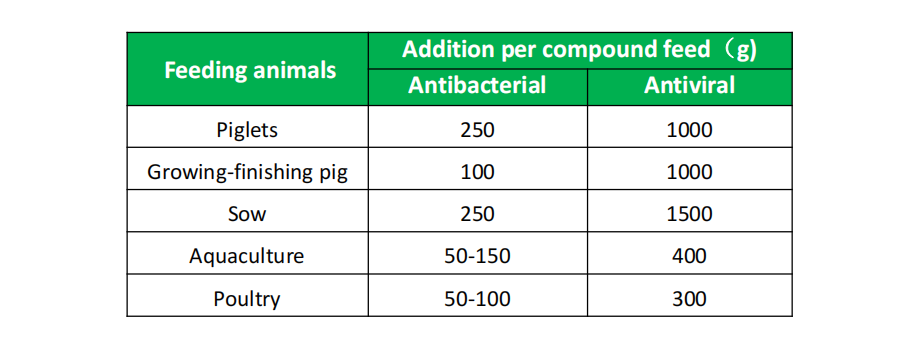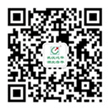Product Parameters
Name: Monolaurin (also known as Glycerol Monolaurate or GML ). It is the monoester formed from glycerol and lauric acid.
CAS RN: 142-18-7
EINECS No.: 205-526-6
Formular: C15H30O4
FW: 274.21
Content:Regular content α-monolaurin 45%,60%, 85%, if you need to customize, please feel free to contact us.
Storage: well-ventilated and dry
Shelf life: 24months
Character: Lauric acid is a naturally occurring 12-carbon medium-chain saturated fatty acid. It is naturally found in breast milk, American sunflower and coconut oil, generally oily, scaly or fine-grained crystals, with a white or light yellow color.
Tips: There are two kinds of monolaurin in fact, they are α-monolaurin (1-monolaurin or 3-monolaurin) and β-monolaurin (2-monolaurin),
The α-monolaurin and the β-monolaurin have different HLB values, and form different characteristic binding interfaces when contacted with the bacterial virus, wherein the α-ester has the strongest binding ability.
For medium-chain fatty acid esters, the active site is the cell membrane or capsule of bacteria or virus, and the antibacterial and antiviral premise is that the ester compound binds to the lipid bilayer membrane to produce an effect.
Therefore, in terms of antibacterial and antiviral, the role of lauric acid derivatives is ranked as: α-monolaurin >β-monolaurin >lauric acid.

Dosage (GL 900 for instance)




 027-65692519
027-65692519






